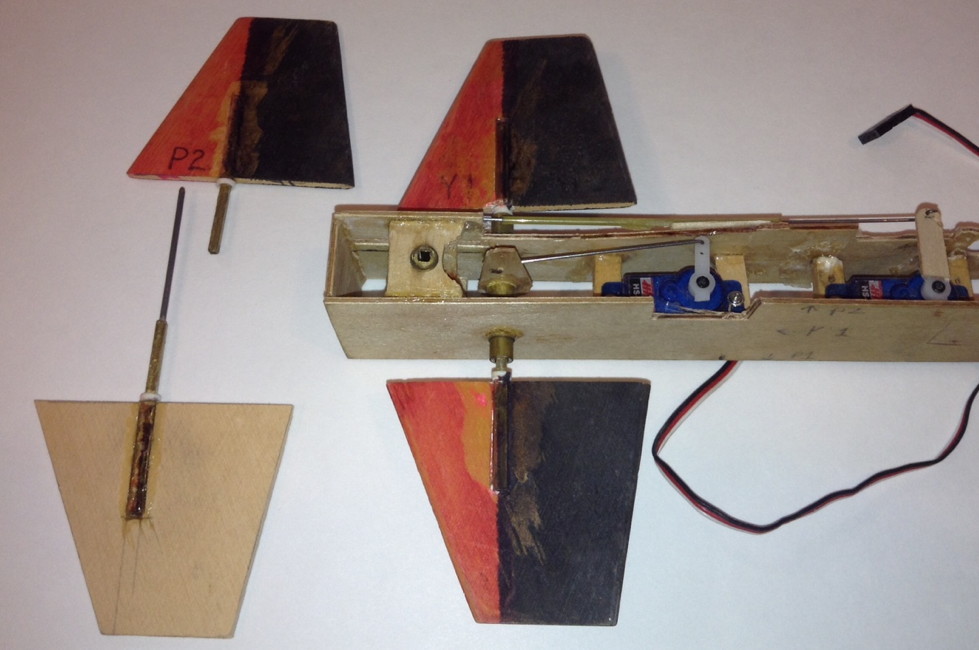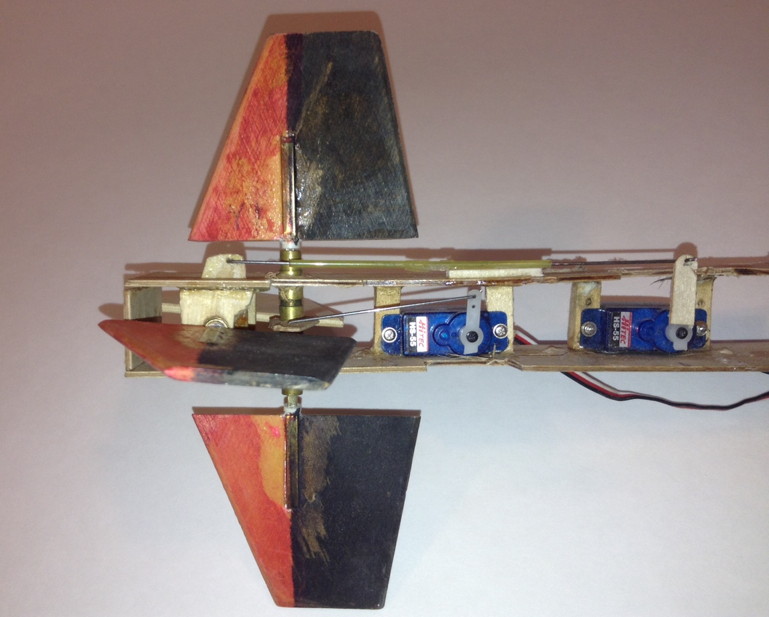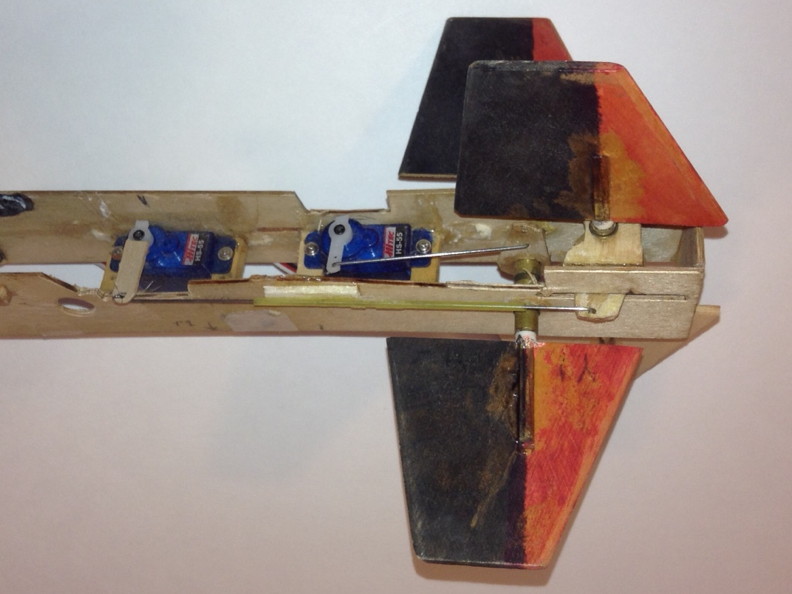Hi!
As I said on another topic, I live in south america and don't have access to 20N+ total impulse motors.
I need motors with about 45N to be able to test the stabilization I wanna do.
I guess 10~20 motors will do for first tests.
It doesn't need to be too good. I'm interested on the electronic stabilization, not on the propulsion.
Any suggestions on the safest/easiest (not necessarily cheapest) way make it?
I'm thinking on a few options (ordered from what seems to be the most safe/easy to least):
1) I have a friend going to the US soon. It's not wise to ask him to bring explosives on his airplane trip back, but an Aerotech RMS Motor Case 29mm is probably fine.
2) Something like a PVC tube with 15cm length and 3.5cm diameter (maybe too much), no nozzle
3) Trying to make a "reloadable" motor with a gilette/deodorant can (anyone tried that? I couldn't find it).. they even have a sort-of nozzle (not sure it can handle the pressure)
In any case, I'd need to do the propellant myself (I'm assuming sugar+KNO3).
As I said on another topic, I live in south america and don't have access to 20N+ total impulse motors.
I need motors with about 45N to be able to test the stabilization I wanna do.
I guess 10~20 motors will do for first tests.
It doesn't need to be too good. I'm interested on the electronic stabilization, not on the propulsion.
Any suggestions on the safest/easiest (not necessarily cheapest) way make it?
I'm thinking on a few options (ordered from what seems to be the most safe/easy to least):
1) I have a friend going to the US soon. It's not wise to ask him to bring explosives on his airplane trip back, but an Aerotech RMS Motor Case 29mm is probably fine.
2) Something like a PVC tube with 15cm length and 3.5cm diameter (maybe too much), no nozzle
3) Trying to make a "reloadable" motor with a gilette/deodorant can (anyone tried that? I couldn't find it).. they even have a sort-of nozzle (not sure it can handle the pressure)
In any case, I'd need to do the propellant myself (I'm assuming sugar+KNO3).









